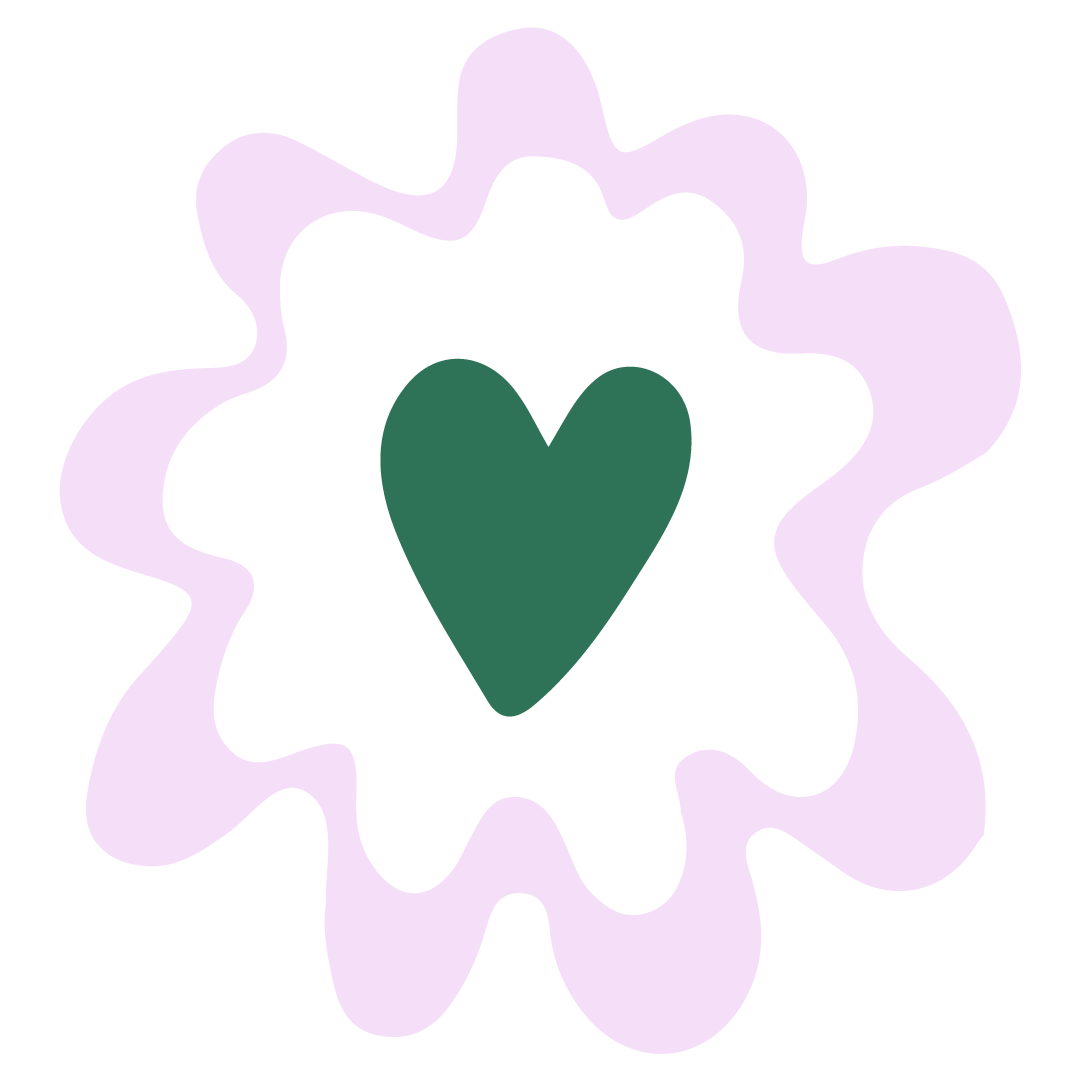HELLO Magazine: Craniosacral Therapy
Every week I write a column for Hello Magazine, and am on a mission to cut through the noise and find out what really works, in order to help you become the happiest, healthy version of yourself. I set out to explore everything and anything I can to increase happiness, and promise not to hold back.
Living in a world that’s constantly pushing and pulling us to achieve more, do more or earn more – can be overwhelming to say the least. One thing we can all agree we want more of, and let’s be honest, need, is happiness. The quest to be happy can feel both all-consuming and never-ending, and often we don’t know where to start to reach those desired dopamine levels or feel energised by joy.
There’s a lot of noise out there in the wellness industry, with an abundance of treatments, therapies and professionals on offer – all promising to boost our general wellbeing and in turn make us happier. But what really works? How do you know where to start? This week I tried craniosacral therapy..
Craniosacral Therapy
Craniosacral Therapy is a hands-on healing modality, which claims to release and heal trauma in the body, using a technique called ‘somatic emotional release’. The idea is that everything that our mind and body experiences (including trauma), is suppressed, retained or stored in our body. As most healing practitioners will tell you – the body never forgets. A Craniosacral therapist will use a very gentle ‘touch’ technique, to examine membranes and movement of the fluids in and around the central nervous system. ‘Listening’ to the cerebral and spinal fluid of a patient’s body with their hands, they will work to gauge the health and rhythm of the flow, in order to help it become unblocked, and return to its original tidal rhythm. Using their hands and lightly holding or pressing various points on your body, they are able to influence the movement and flow of the fluid, allowing the body to release and realign. In theory, the practitioner is working to calm and reset your sympathetic nervous system, (fight or flight response), which aids a healthier body and happier mind.
I went into the session with my Craniosacral therapist with an open-mind, really not sure what to expect or what I hoped the desired outcome would be. I am intrigued by the idea that our pain or trauma gets trapped in our bodies, and can see how this might encourage inflammation, stress, poor sleep and many other health issues down the line – all of which I’m keen to avoid. As I started my session, it was explained that patients can react differently throughout the treatment – with some feeling a big emotional release during the session, and others feeling a subtle shift that might have a bigger impact later down the line. I was the latter, though weeks later I must admit I’m still waiting for that shift to kick in. I lay still for just over an hour, while the therapist touched, held and applied very gentle pressure to various points on my body. There was very little verbal communication, apart from to encourage me to think about the ways in which any of past painful experiences might still be affecting me, or what I might be hanging on to. It could have been my over-active mind preventing me from relaxing into the process, but I’m disheartened to confess – I felt nothing. Not during the session or afterwards.
I’m not entirely sure what I was hoping for, but having approached the modality with enthusiasm and a willingness to comply, I can’t help but feel it was completely ineffective (for me personally). Immediately after the session I did feel calm and relaxed, but this is most likely due to the fact that I had lain still in a cool dark room for an hour. I am reluctant to report that there was no big ‘release’, and remain slightly sceptical as to the efficiency of the treatment. However, the session I experienced was focusing on purely emotional release, and I believe that craniosacral massage therapy is very effective for treating physical symptoms such as migraines or neck pain.
Perhaps I needed to more sessions, or perhaps it’s just not for me. I’m a huge advocate for trying and finding out what works for you in order to help you heal or find happiness. Perhaps if you were looking for a treatment with a very specific outcome or were experiencing physical symptoms as a result of an enforced trauma, it might work for you!
